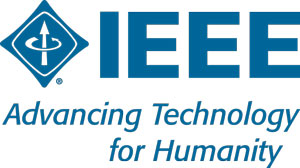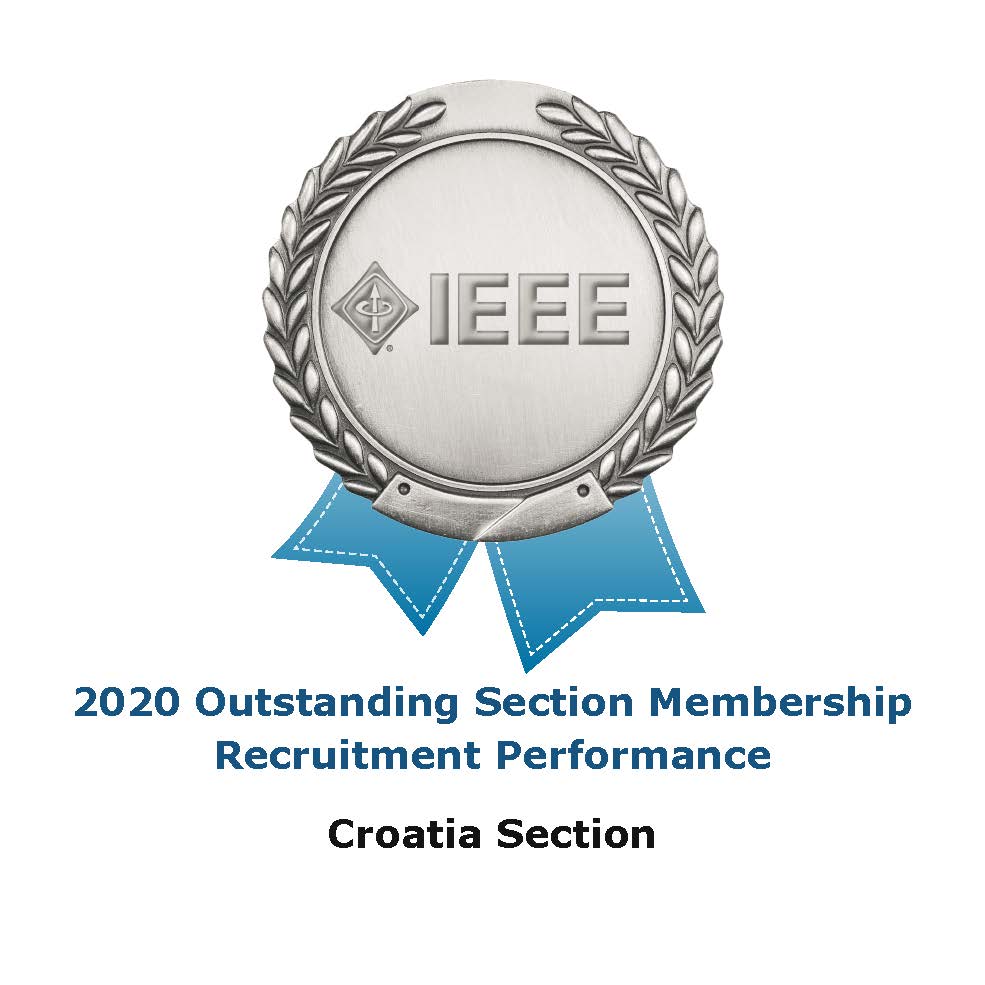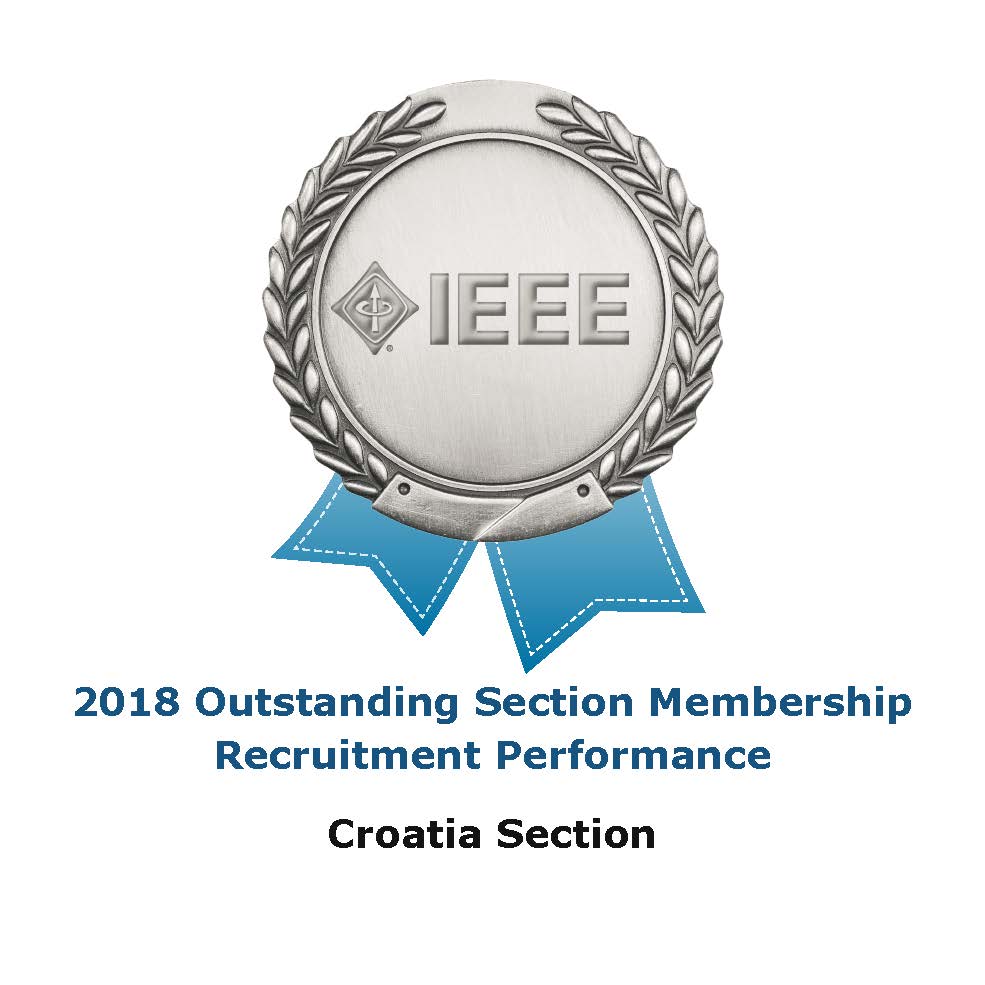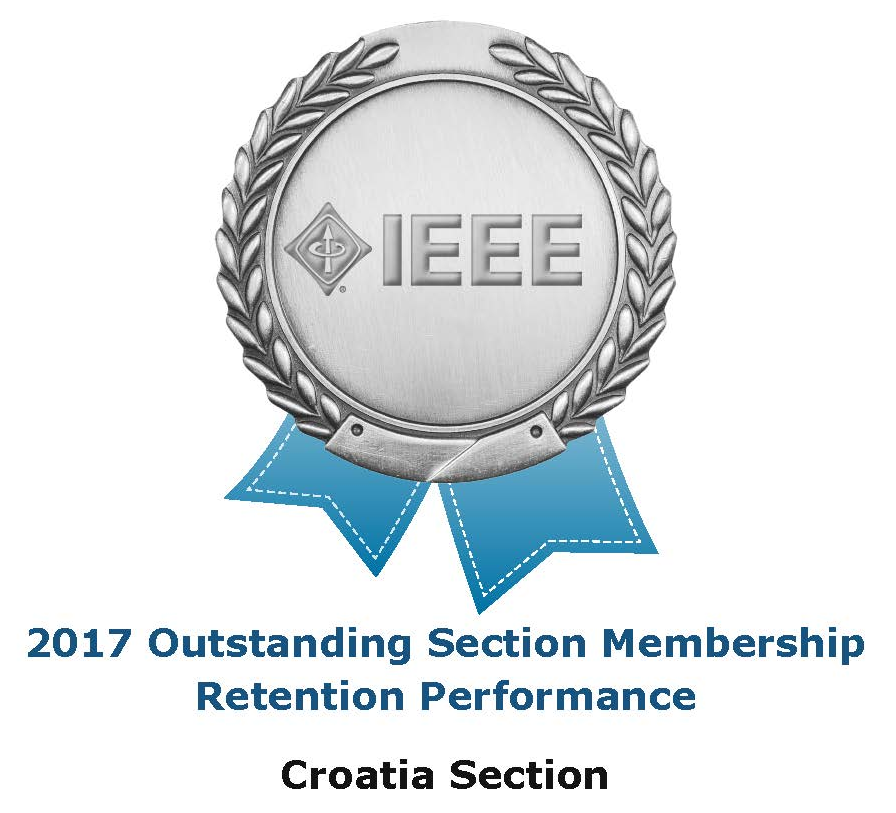EEE Hrvatska sekcija, Odjel za robotiku i automatizaciju i LAMOR - Laboratory for Autonomous Systems and Mobile Robotics u sklopu AIFORS projekta vas pozivaju na predavanje
"Multi Scale Remote Quantification of Gas in subsurface - Prospects for Optical fibre and Machine Learning"
koje će održati
dr. sc. Sourav Sahoo, National Oceanography Center, UK.
Predavanje će se održati u utorak, 7. ožujka 2023. godine u 11:00 sati u Seminaru Zavoda za automatiku i računalno inženjerstvo FER-a.
Predavanje se održava na engleskom jeziku i otvoreno je za sve zainteresirane.
Životopis predavača i sažetak predavanja nalaze se u nastavku obavijesti.
Abstract:
Large amount of greenhouse gases like methane and carbon dioxide are stored in seafloor sediments and permafrost. These gases, if released from the sediments, can affect climate, and biological life forms. Similarly, when carbon or hydrogen is stored in sub-surface, we need accurate monitoring methods to ensure safe storage. So, we need accurate quantification of these gas and hydrates. Regionally, these gas and hydrate are quantified by remote geophysical methods looking at how elastic and electrical properties of sediments or ice changes with presence of gas and hydrate. However, these relationships have several uncertainties. Presence of gas reduces the elastic wave velocity and increases its attenuation. Presence of hydrate increase velocity as its solid, and also increases attenuation. Electrical resistivity is increase by both gas and hydrate. Making the system more complex is the fact the geophysical properties depend on shape and size of gas and hydrates. Current estimates of the distribution and volume of gas hydrates vary widely, by orders of magnitude. We conducted multi frequency (ultrasonic, sonic, and seismic) geophysical (P and S wave velocity and attenuation) experiments; also used electrical resistivity tomography and high resolution synchrotron imaging to understand geophysical properties of gas and hydrate. We found that not all the gas formed hydrate, even when the system was under hydrate stability conditions with excess water; confirmed by synchrotron imaging. From a geophysical remote sensing perspective, such co-existing gas could cause errors in hydrate saturation estimates from electrical resistivity as both gas and hydrate are resistive compared to saline pore fluid. Such multi scale observations can help us in understanding several complicated fluid flow systems in the subsurface, like carbon sequestration, gas chimney, etc. We also use optical fiber measurement system and machine learning methods in such complex geophysical problems. A, optical fiber system may be able to do different frequency measurements and help us in understanding the system in a more complete way. We have started looking at combining our conventional geophysical measurement systems with optical fiber and I will share some initial results. We have also submitted a proposal to use distributed optical fiber system for developing an early warning system for landslides and studying sea ice thickness. The plan is to use existing optical fiber to do long term monitoring of human and natural events.
Brief bio:
Sourav Sahoo is a geophysicist working in rock physics lab and underwater acoustics. My novelty is in ‘inter-disciplinary’ and ‘multi-scale’ characterization of physical and mechanical properties of rocks/sediments. I use different remote sensing technologies to develop robust quantification of rocks. I also multi scale approach from micro scale to field scale laboratory and field measurements. I am also developing mathematical and numerical models to understand these properties. I take a keen interest in developing new state of the art laboratory geophysical equipment, autonomous robotics, and optical fibre technology. I joined as a Post doc in NOC in 2018, and then got an open ended scientist position in 2021. I completed my PhD in 2018, from University of Southampton working on gas hydrate quantification with Prof Angus Best and Prof Tim Minshull. I completed my BS-MS in Geoscience from Indian Institute of Science Education Research Kolkata. I did my MS thesis work in University of Tromso, Norway. I received an honorary mention in UK National PhD competition - ABTA PhD research awards, University College London. I have published 10+ peer reviewed journal papers. I have won >10 international travel grants and funding of 8 international internships. I have submitted a few research proposals in UK and India.







